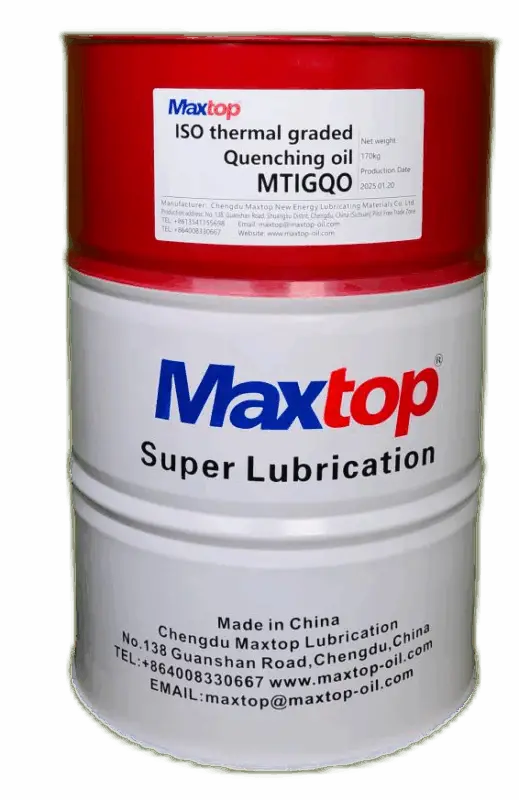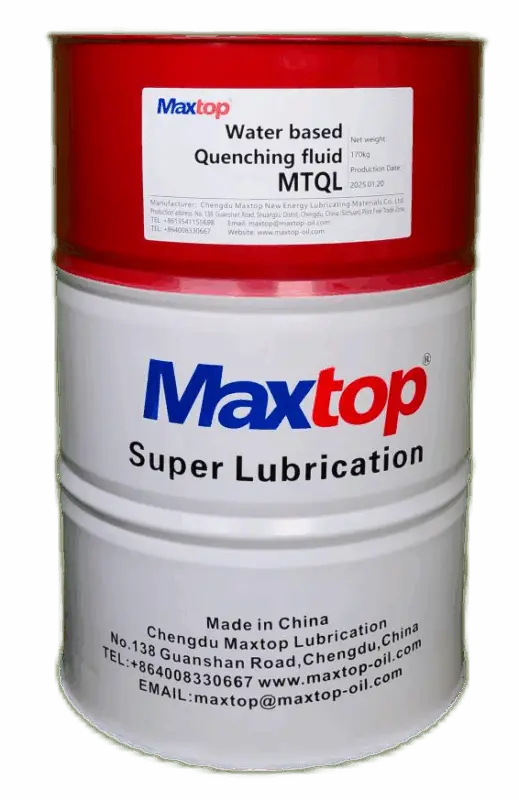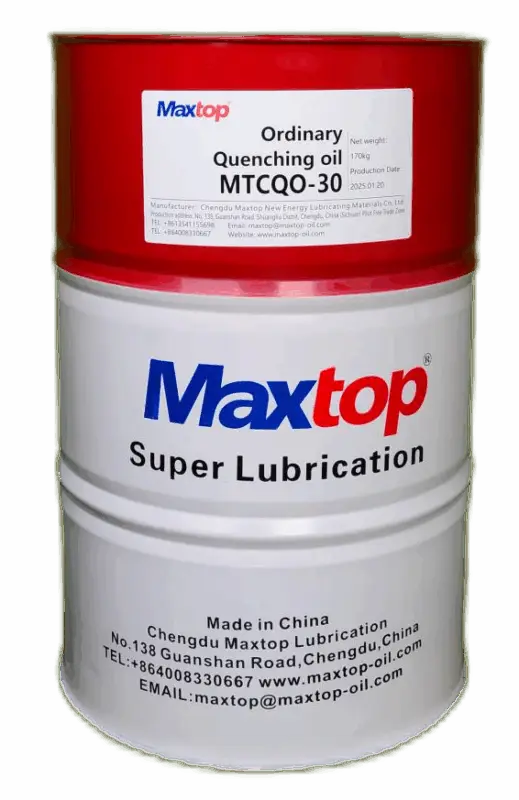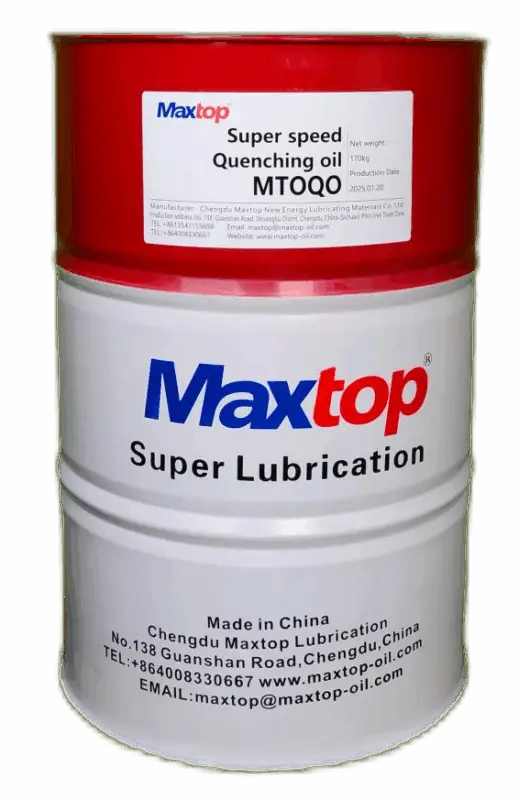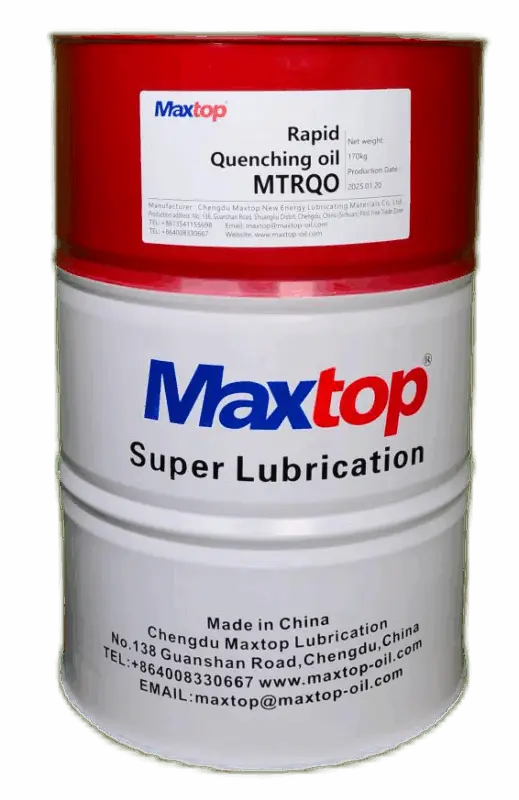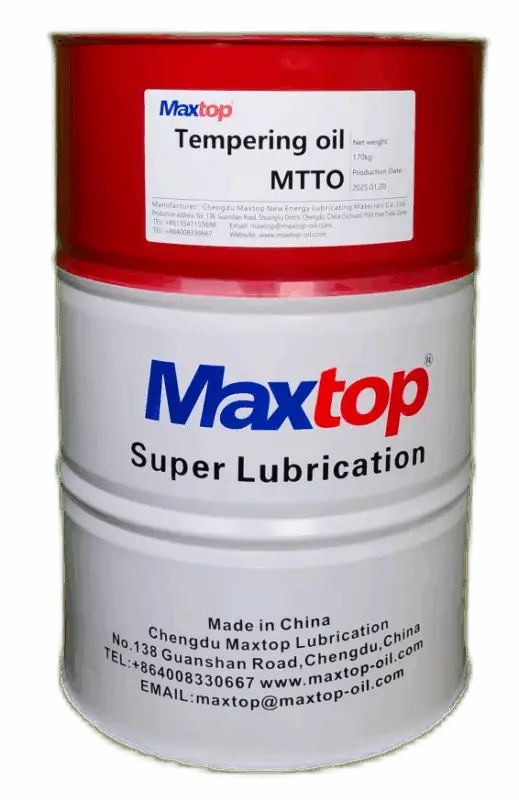The Importance of Physical Properties of Heat Transfer Fluid in Heating Systems
Understanding the Key Physical Properties of Heat Transfer Fluid
Heat transfer fluid plays a central role in the operation of industrial heating systems. Its physical performance has a direct influence on system efficiency, reliability, and service life. While chemical stability is often highlighted, the physical properties of thermal oil are equally important in ensuring dependable and economical operation. This article reviews the key physical characteristics of heat transfer oils and their effects on heating system performance.
Essential Physical Properties of Heat Transfer Oil
The primary physical properties to consider include:
| Property | Description | Unit | System Impact |
|---|---|---|---|
| Density | Indicates oil composition and physical structure | kg/m³ | Influences heat capacity and circulation characteristics |
| Kinematic Viscosity | Resistance to flow | mm²/s | Affects pump load and energy use |
| Thermal Conductivity | Ability to conduct heat | W/m·K | Determines heat transfer efficiency |
| Specific Heat Capacity | Heat required to raise the oil’s temperature | kJ/kg·K | Affects heating rate and thermal responsiveness |
| Saturation Vapor Pressure | Tendency of the oil to vaporize under heat | psi | Impacts high-temperature safety and pressure stability |
1. Density (kg/m³)
Density reflects the oil’s composition and response to heat, including cracking or polymerization. As operating temperature rises, density decreases. While lower-density oils may improve circulation, too great a reduction can impair heat transfer. An optimal balance is necessary to maintain performance and system stability.
2. Kinematic Viscosity (mm²/s)
Viscosity measures the internal resistance of oil to flow. Higher viscosity increases the load on pumps and energy consumption, while excessively low viscosity can lead to leakage or equipment wear. Since viscosity is temperature-dependent, it’s critical to select an oil that maintains suitable flow characteristics within your system’s temperature range.
3. Thermal Conductivity (W/m·K)
Thermal conductivity reflects the oil’s capacity to conduct heat. Higher values promote more efficient heat exchange, reducing the time and energy required to reach operating temperature. This property is vital in systems where consistent and rapid heat transfer is essential to process performance.
4. Specific Heat Capacity (kJ/kg·K)
Specific heat indicates how much energy is needed to raise the temperature of the oil. Though heat transfer oils generally have a lower specific heat than water, this allows them to reach desired temperatures more quickly—an advantage for systems that require fast thermal response.
5. Saturation Vapor Pressure (psi)
Saturation vapor pressure gauges the oil’s volatility at high temperatures. Oils with lower vapor pressures offer greater thermal stability and reduced risk of vaporization-related issues, such as system pressure surges or leaks. It’s essential to match this property with the system’s maximum operating temperature to ensure safe and consistent performance.
Practical Impacts on Heating Systems
The physical behavior of heat transfer fluids changes with temperature. These changes affect pump efficiency, energy use, and system safety. For instance:
-
Viscosity determines ease of circulation and impacts motor load.
-
Thermal conductivity influences how effectively heat is exchanged between components.
-
Vapor pressure must stay within limits to avoid system overpressure or fluid loss.
Choosing the Right Heat Transfer Fluid
To select an appropriate thermal oil for your system, consider:
-
Operating temperature range: Choose oils designed to perform within your required temperature window.
-
Energy performance: Opt for fluids with high thermal conductivity and moderate viscosity to improve energy use.
-
System safety: Ensure vapor pressure and flash points meet safety requirements.
Conclusion
Understanding and evaluating the physical properties of heat transfer fluids is critical to optimizing system efficiency, safety, and durability. By choosing a fluid with the right balance of density, viscosity, thermal conductivity, specific heat, and vapor pressure, you can achieve better thermal control, lower energy costs, and longer equipment life.
Need Assistance?
If you need help selecting the right heat transfer fluid or want to learn more about how these properties affect your system, our team is here to help. With years of industry experience, we provide technical consultation and tailored solutions to match your application requirements.
Contact us today to discuss how we can support your heating system’s performance and reliability.


